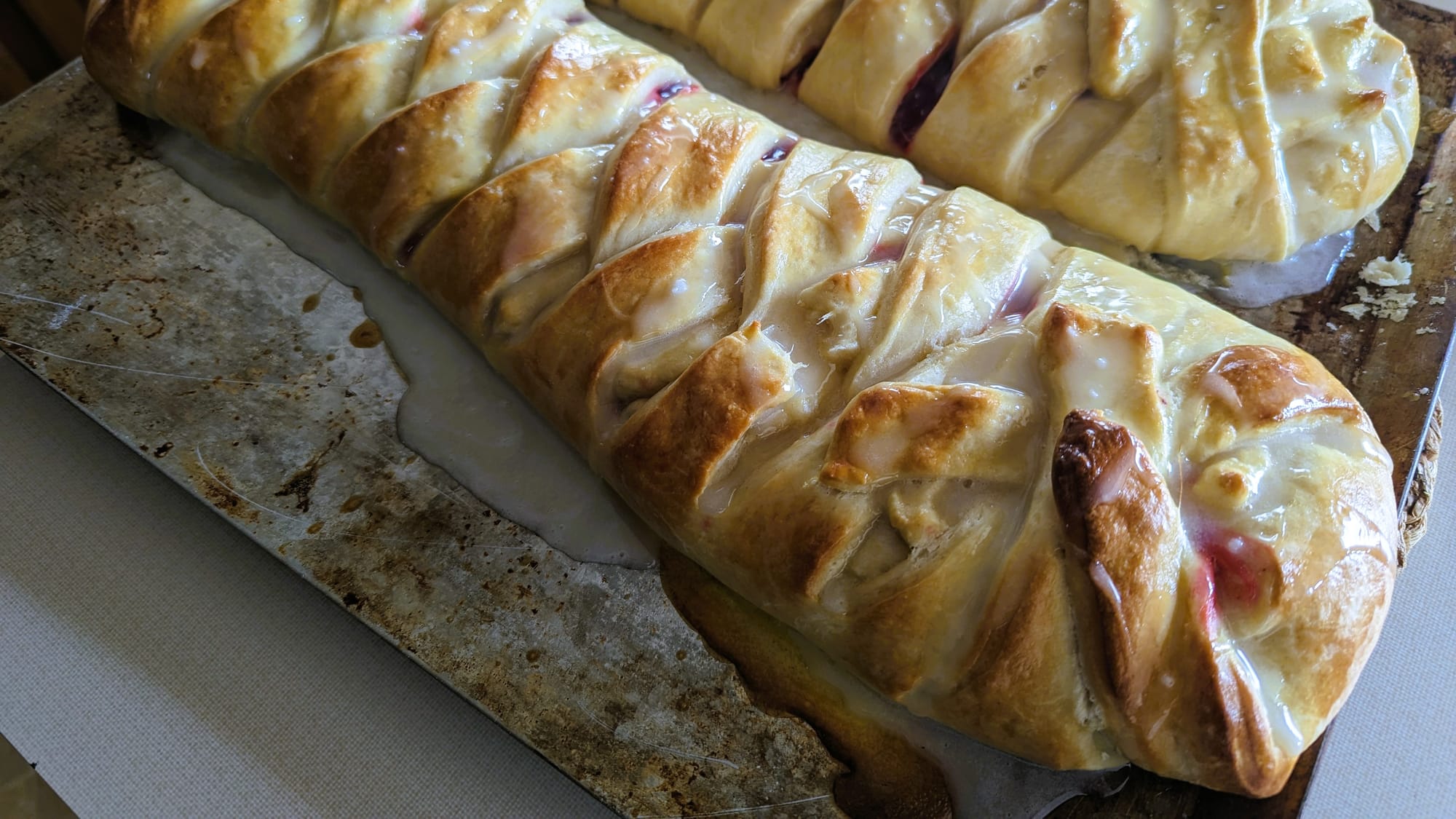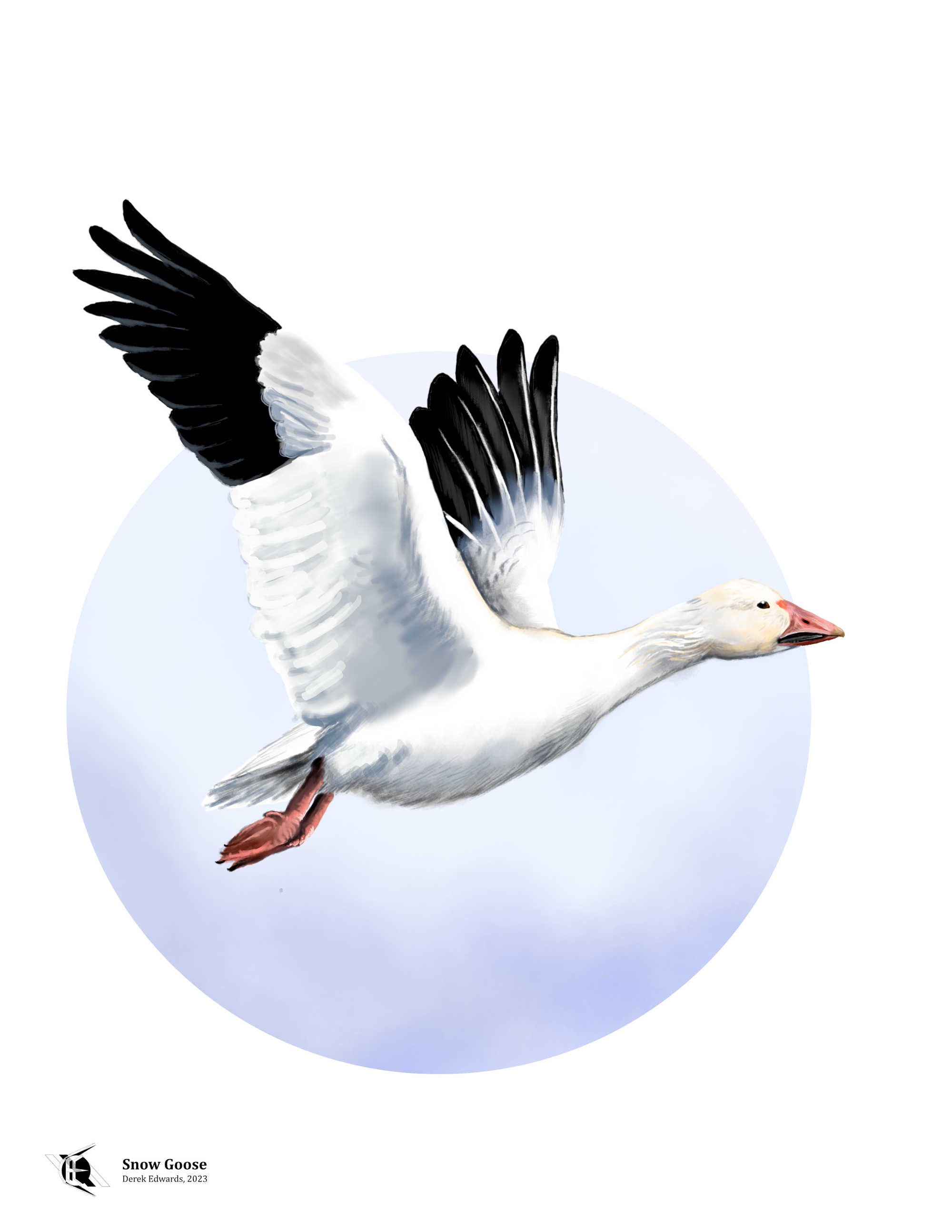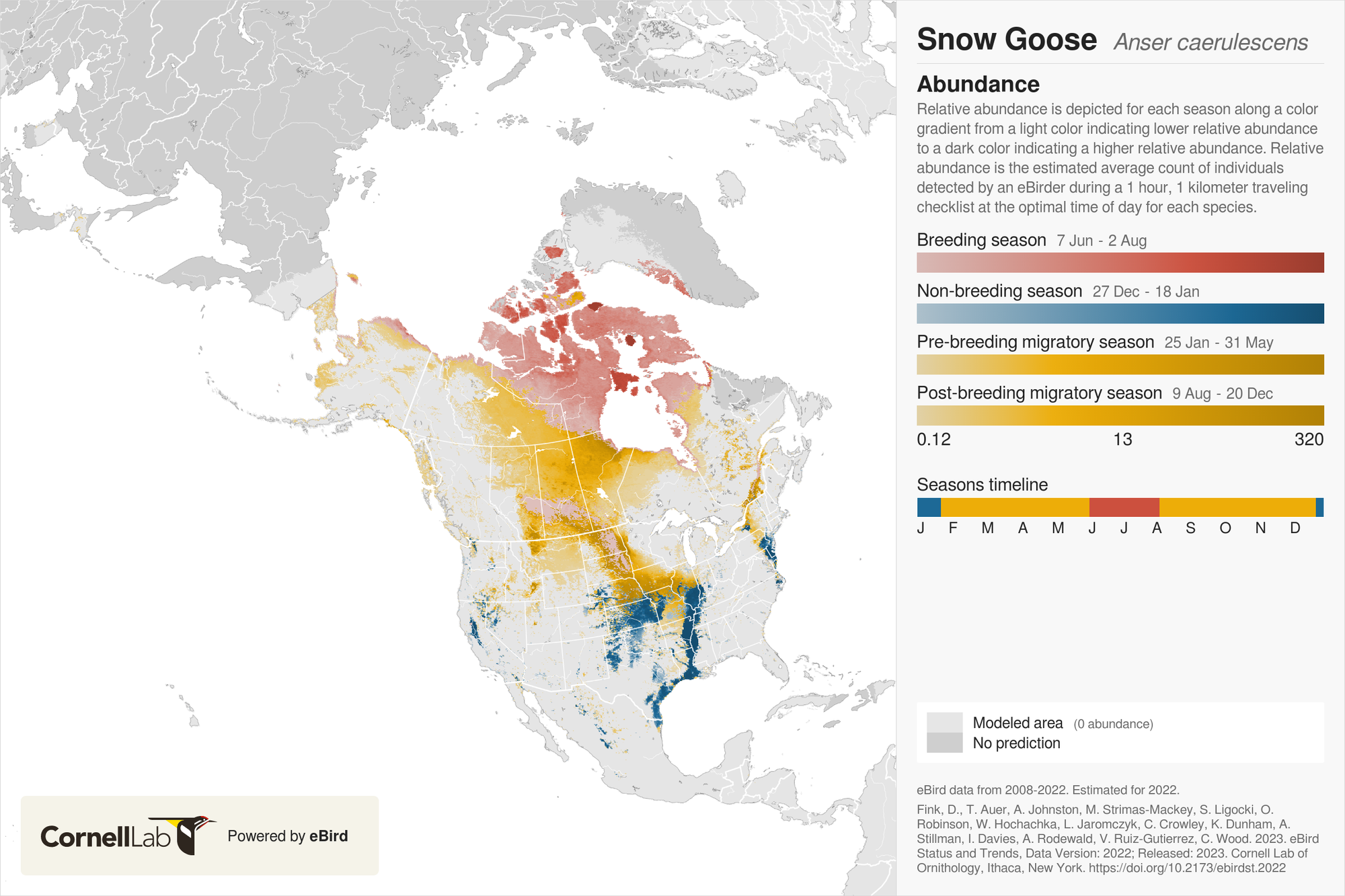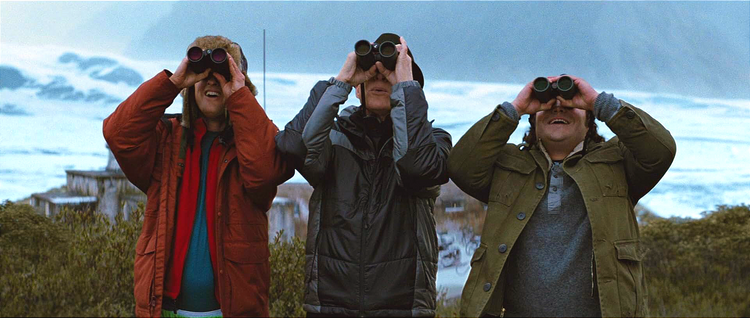
Running Commentary 1/15/2024
Hello,
It's a short RC this week. I've not seen Echo yet; I'll probably give my thoughts here when I do, unless I think it warrants a full-length review. Since it was all released at once, I think it should all be assessed as one.
Anyway...
Eating...

If you get out into the right part of rural Michigan, looking for cerulean warblers, or the sandhill cranes flocking, or, indeed, for migrating snow geese (more on them later) you'll find the state's Amish country. Well, I'm not sure they're Amish here, like in Pennsylvania, but they are Old Order Mennonites, which is the same sort of thing. They're a rather insular, pacifist Christian group, most known to outsiders for riding in horse-drawn buggies and for being excellent bakers.
Long story short, while out one recent morning tracking down the last two Michigan-visiting geese I'd not seen before, I had some excellent Danish at a Mennonite-run cafe. I've since come across a recipe to replicate it at home:


Bird of the Week
Different people see different birds at different times. Mainers and Minnesotans can see loons in the summer, while those in other states have to wait for winter the migration season or the winter, if they get to see them at all. The warblers that spend their summers here in Michigan are probably in the Bahamas now, and our sandhill cranes are getting underfoot in Florida. But there are a few birds that disappear from common view during their nesting, only emerging from the remote frontiers of the Far North in the off-season. Such as our bird this week, the Snow Goose.

The snow goose, named for both their white feathers and their frosty habitat, nests along the Arctic shores of Canada, Alaska, and Greenland.1 When Yellowknife only sees a bird when it's migrating, that's a northern bird. In the winter, they come down to the U.S. eastern seaboard, the Mississippi river valley, and various other pockets of wetlands, some as far south as the state of Veracruz, Mexico.
The Fall migration is among the most impressive sights in North American birding, as thousands will fly overhead in massive flocks.2 They will group with Canada geese or with the closely related Ross's goose in the winter. Snow geese have been recorded flying at heights of 7,500 feet in the air,3 which is not quite as high as cranes (or planes) but which is high enough that they could be missed by people down below.
Like other geese, the snow goose is strictly herbivorous; they eat the leaves of some plants and the hearty roots of others. Their ability to find food during their migration and during the winter has been greatly aided by human agricultural activity. The population of snow geese has increased more than tenfold in the past fifty years, as what was once the lean times of wintering on prairie ponds has become a season of plenty in harvested fields full of waste grain.4 Attempts have been made to reverse this trend by encouraging snow goose hunting, but waterfowl are more difficult game than most hunters are interested in, and only 3% of the massive snow goose populations is harvested each year, not enough to stop or reverse the goose boom. The overpopulation is leading to ecological degradation of habitat the goose shares with other, less prosperous species.5,6
Despite their home's remoteness, snow geese have been well researched. Sometimes I struggle to find a single interesting article about the bird I draw; there's a 300+ page book about the authors' observations of snow geese nesting at the Pérouse Bay7 (the one in Manitoba, not the one in Hawai'i). And there's another book about its author's travels following the snow goose's migration.8 I didn't have the time to read these books (or the books themselves to read) but they're out there if you're interested. What interesting story I did find about the snow goose is that it was originally thought to be two different geese: the snow goose (Anser hyperboria, or the "goose from beyond the north") and the blue goose (Anser caeruleansis, or, well, the "blue goose"). The snow goose was white, while the blue goose was largely slate-gray. By the 1960s, genetic studies showed that these two geese were simply the two color morphs of the same species.9 The newly unified species kept the "snow goose" name, while the blue goose's scientific name, which was published first, is the one that lives on in ornithological use. The species does have two recognized subspecies, but they aren't distinguished by color, but by size.
- “Snow Goose Range Map, All about Birds, Cornell Lab of Ornithology,” n.d. https://www.allaboutbirds.org/guide/Snow_Goose/maps-range.
- u/jeffrvt, “Massive Flock of Snow Geese,” Nov. 2023. r/birding. https://www.reddit.com/r/birding/comments/17ybefv/massive_flock_of_snow_geese/.
- “Snow Goose.” Pennsylvania Game Commission, n.d. https://www.pgc.pa.gov/Education/WildlifeNotesIndex/Pages/Snow-Goose.aspx.
- “Snow Geese: Too Much of a Good Thing" BirdNote, Dec. 2019, https://www.birdnote.org/listen/shows/snow-geese-too-much-good-thing.
- White, Ken. “Snow Geese Boom Could Lead to Ecological Disaster.” Springfield News-Leader, March 2, 2018. https://www.news-leader.com/story/sports/outdoors/2018/03/02/snow-geese-boom-could-lead-ecological-disaster/376946002/.
- Aos. “Lifting Hunting Limits Hasn’t Solved the Snow Goose Overpopulation Problem.” American Ornithological Society, July 22, 2019. https://americanornithology.org/lifting-hunting-limits-hasnt-solved-the-snow-goose-overpopulation-problem/.
- Fred Cooke; Robert F. Rockwell; David B. Lank - Oxford University Press. “The Snow Geese of La Pérouse Bay,” n.d. https://global.oup.com/academic/product/the-snow-geese-of-la-prouse-bay-9780198540649?cc=us&lang=en&#.
- Fiennes, William. The Snow Geese. United Kingdom: Pan Macmillan, 2003.
- Cooch, Graham. “Ecological Aspects of the Blue-Snow Goose Complex.” The Auk 78, no. 1 (1961): 72–89. https://doi.org/10.2307/4082236
Curation Links
Name Your Industry—or Else! | Sarah M. Brownsberger, The Hedgehog Review
“My alma mater wants to know what industry I belong to. In a wash of good feeling after seeing old friends, I have gone to the school website to update my contact information. Name and address, easy, marital status, well and good—but next comes a drop-down menu asking for my ‘industry’…Are we all in an industry? What happened to ‘occupation’?”
The Hui Stick | Michael Stevens, D!NG
[VIDEO] A look at a strange little magic-trick toy, which I won’t give away but which the video will. (15 minutes)
Just Your Handyman | Kurt Armstrong, Plough
“Now, I am a small man; I live a small life where I make careful, modest choices. I am not an entrepreneur, an adventurer, or a risk-taker. I don’t have the freewheeling imagination of an artist. Also, I know all too well that I come from a line of sensitive souls touched with mental health troubles that range from chronic everyday melancholy to the catastrophic. My mental health is like a bike with tires at 30 PSI instead of the suggested 80. I can pedal along most of the time and usually get where I need to go, but I spend a lot more emotional energy than necessary. I am not the kind of man who is likely to guide my children to greatness.”
The Hundred-Faced Actor | Edogawa Ranpo, trans. Lin King, Asymptote
[FICTION] "It’s a very outrageous theory, though, isn’t it? But it’s not altogether impossible. This is what I think: that this head-stealing thief and the Hundred-Faced Actor we saw today are one and the same."
See the full archive of curations on Notion




Member Commentary